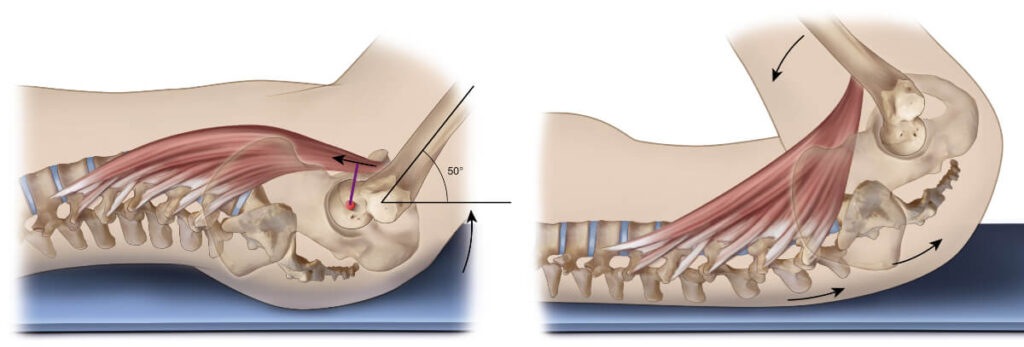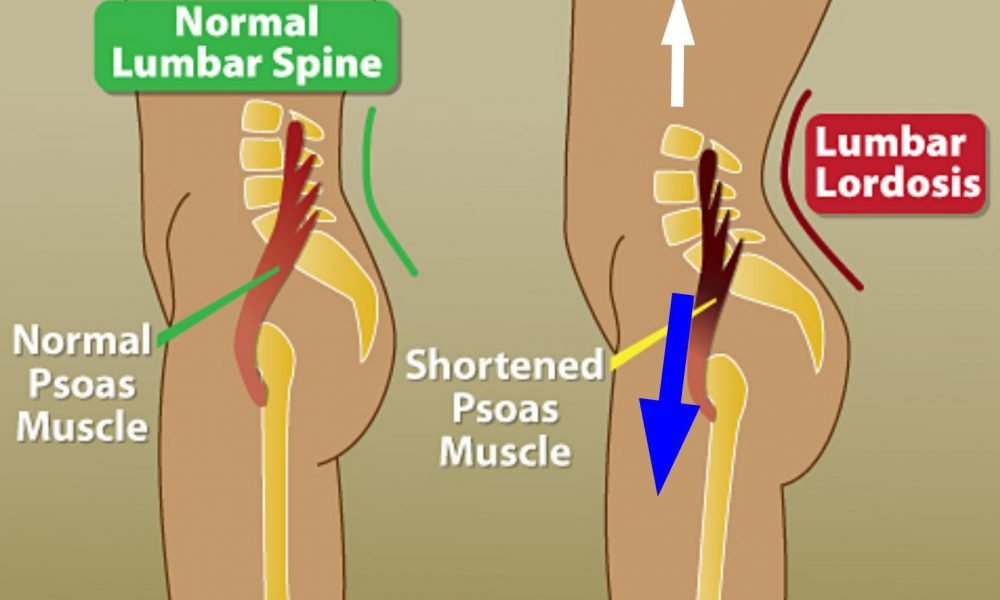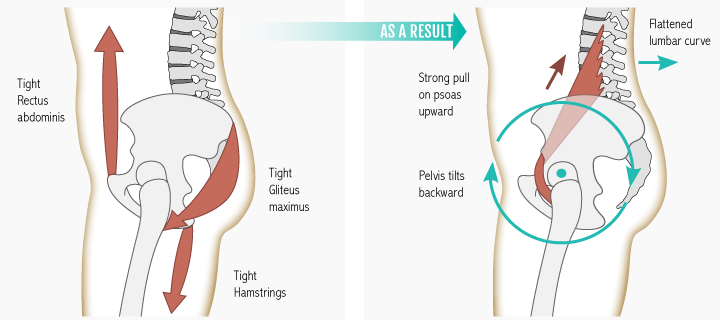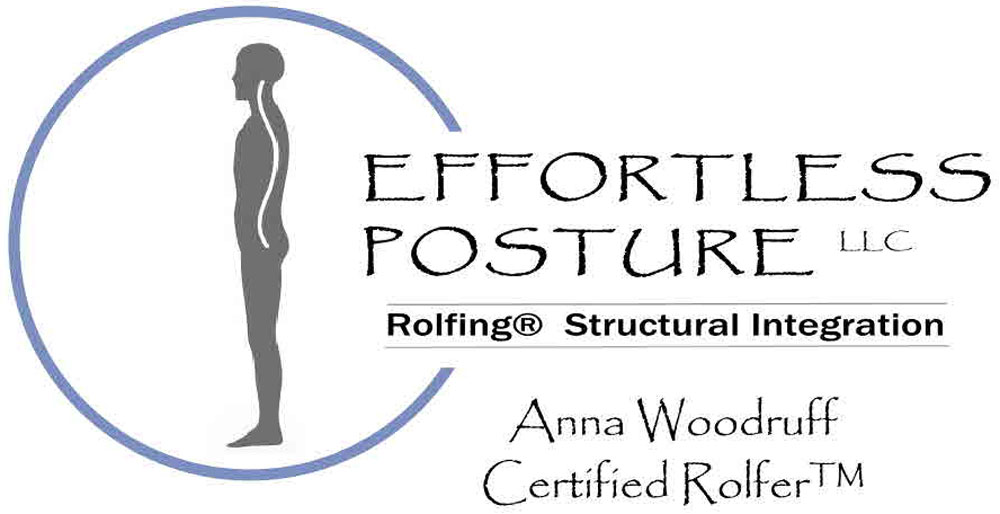
The two psoas muscles are attached to the lumbar vertebrae, through the pelvis, and then attaches to your femurs. These are the only muscles that connect the torso to the legs. The psoas muscles are the deepest muscles in your core. They are in the hip flexor group and when flexed can pull the thigh and the torso toward each other. These muscles are used individually for walking.

The psoas can also act as a stabilizer for the lumbar spine. The psoas muscle will stabilize the spine when we lift something heavy. When we sit on our sacrum, the psoas muscles will help stabilize us. (Note: this is not a proper and efficient way to sit.)
Sometimes the psoas muscles can become overworked and/or underworked. One psoas muscle can even be different than the other, which can cause twisting in between the torso and hips.
When the psoas muscles are tight and overworked, a lordosis will form in the low back. The abdominal, oblique, and gluteal muscles will need more strength.


When the psoas muscles are weak and underworked, the low back will be almost flat. The abdominals are too strong in this case and the erector spinae muscles in the back will need more strength.

Whether the psoas is too strong or too weak, it can cause pain both ways. It is best to have a healthy psoas that is balanced with the muscles surrounding it. Balanced front and back, up and down, and side to side. Keep your psoas muscles healthy by stretching, strengthening, and by using a Rolfing practitioner to help release any impingements within and around the psoas muscles.
